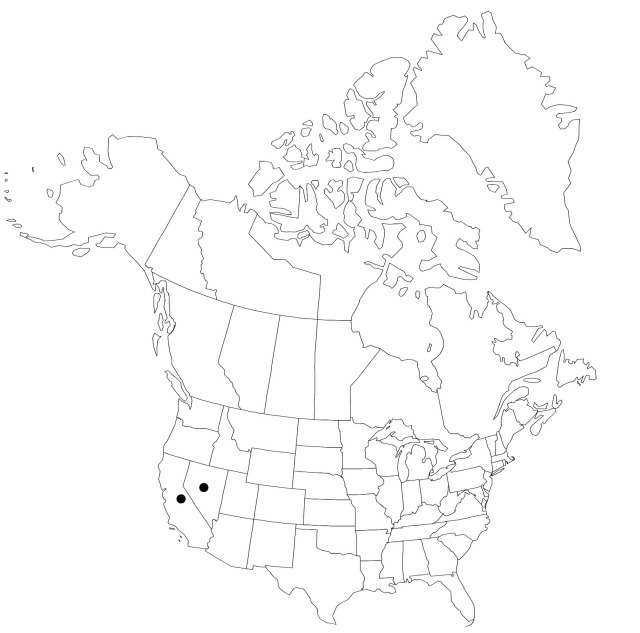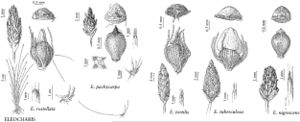Difference between revisions of "Eleocharis pachycarpa"
in C. Gay, Fl. Chil. 6: 174. 1853.
FNA>Volume Importer |
FNA>Volume Importer |
||
| Line 32: | Line 32: | ||
-->{{#Taxon: | -->{{#Taxon: | ||
name=Eleocharis pachycarpa | name=Eleocharis pachycarpa | ||
| − | |||
|authority=E. Desvaux in C. Gay | |authority=E. Desvaux in C. Gay | ||
|rank=species | |rank=species | ||
| Line 48: | Line 47: | ||
|publication year=1853 | |publication year=1853 | ||
|special status= | |special status= | ||
| − | |source xml=https://jpend@bitbucket.org/aafc-mbb/fna-data-curation.git/src/ | + | |source xml=https://jpend@bitbucket.org/aafc-mbb/fna-data-curation.git/src/f50eec43f223ca0e34566be0b046453a0960e173/coarse_grained_fna_xml/V23/V23_129.xml |
|genus=Eleocharis | |genus=Eleocharis | ||
|subgenus=Eleocharis subg. Eleocharis | |subgenus=Eleocharis subg. Eleocharis | ||
Revision as of 20:05, 16 December 2019
Plants perennial, forming dense clumps, often stoloniferous. Rhizomes present, caudexlike, mostly concealed by crowded culms, vertical or ascending, 2 mm thick; internodes very short, scales disintegrating to fibers, 4 mm, papery. Culms erect to ascending or arching, acutely quadrangular, deeply sulcate, 7–50 cm × 0.3–0.5 mm, smooth, firm. Leaves: distal leaf sheaths persistent, proximally brown or reddish, distally stramineous to green, thickly membranous, apex acute or subacute. Spikelets: basal spikelets absent; often proliferous, ovoid, terete, 3–10 × 2–3 mm, apex acute; proximal scale empty, amplexicaulous, similar to floral scales; subproximal scale with a flower; floral scales spiraled, 8–15, 4 per mm of rachilla, orange-brown, midrib region broadly stramineous or like flanks, ovate, 2–3 × 1.2–2 mm, membranous, midrib evident to prominent, apex acute (to rounded). Flowers: perianth bristles 6 or fewer, stramineous, unequal, some or most equaling achene, spinules obscure, sparse, retrorse, sharply acute. Stamens 3; anthers 1.2–1.5 mm. Styles 3-fid. Achenes stramineous, broadly obpyriform, equilaterally trigonous, angles evident, blunt, 0.9–1.1 × 0.7–0.9 mm, apex nearly truncate, smooth or obscurely papillose or rugulose at 20X. Tubercles stramineous, pyramidal, trigonous, usually acute, proximally trilobed, the lobes decurrent on achene, 0.5–0.9 × 0.7–0.9 mm.
Phenology: Fruiting late spring–summer.
Habitat: Fresh shores, streambeds, groundwater seeps
Elevation: 100–1400 m
Distribution

Calif., Nev., South America (Argentina, Chile), introduced in Australia.
Discussion
H. K. Svenson (1957) placed Eleocharis pachycarpa in ser. Sulcatae Svenson. Contrary to his statement that perianth bristles are often lacking, they are present in all of the specimens we have seen. Superficially similar to E. bolanderi, from which it may readily be distinguished by its oblique leaf sheath summits, 4-angled culms, pyramidal tubercles, and often proliferating spikelets. The earliest North American specimen we have seen was collected in 1919 in Tuolumne County, California.
Selected References
None.
